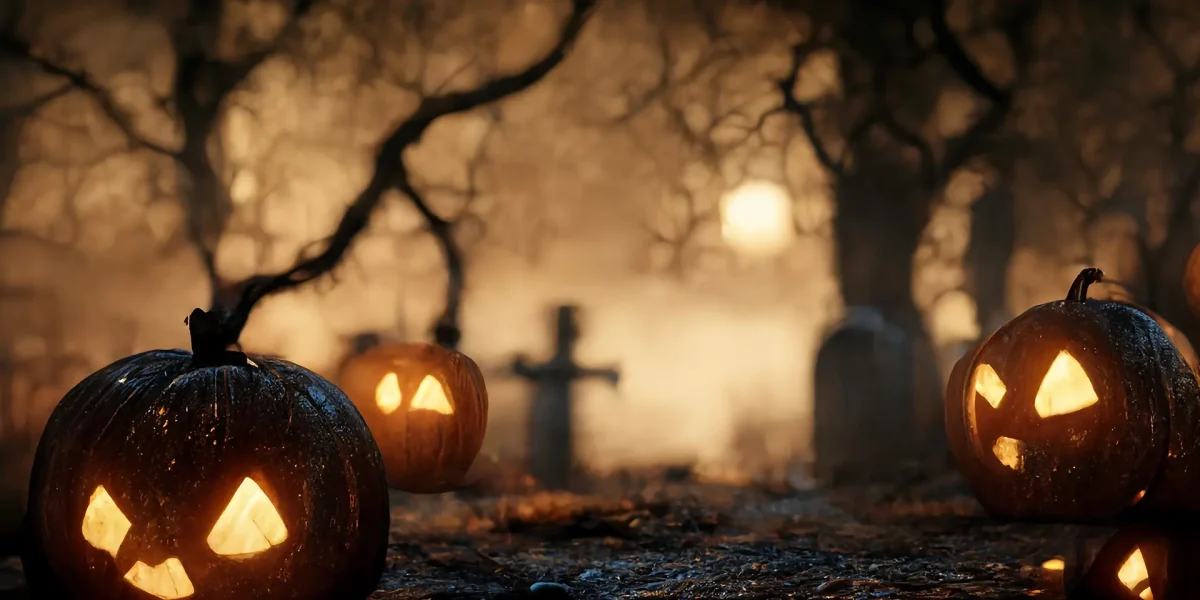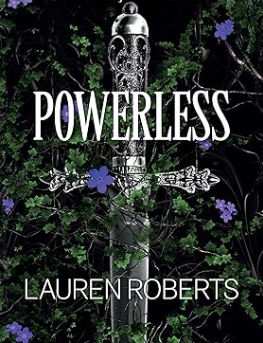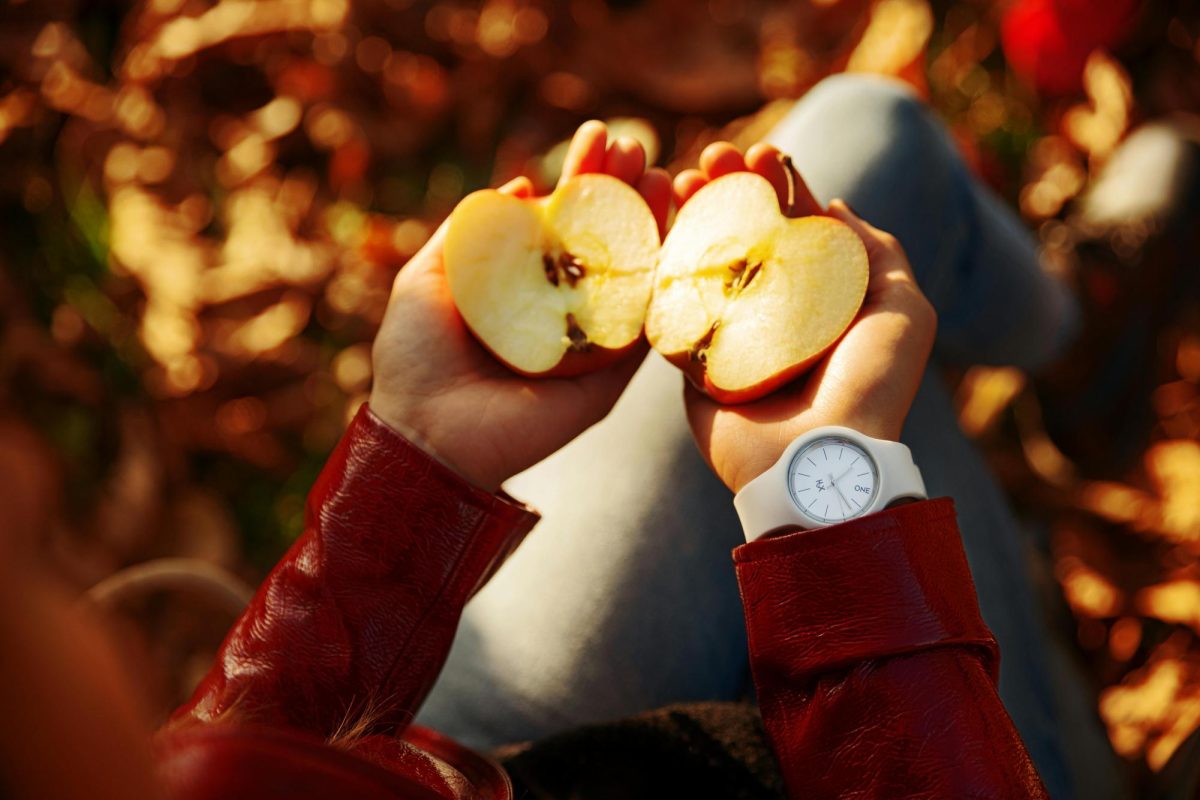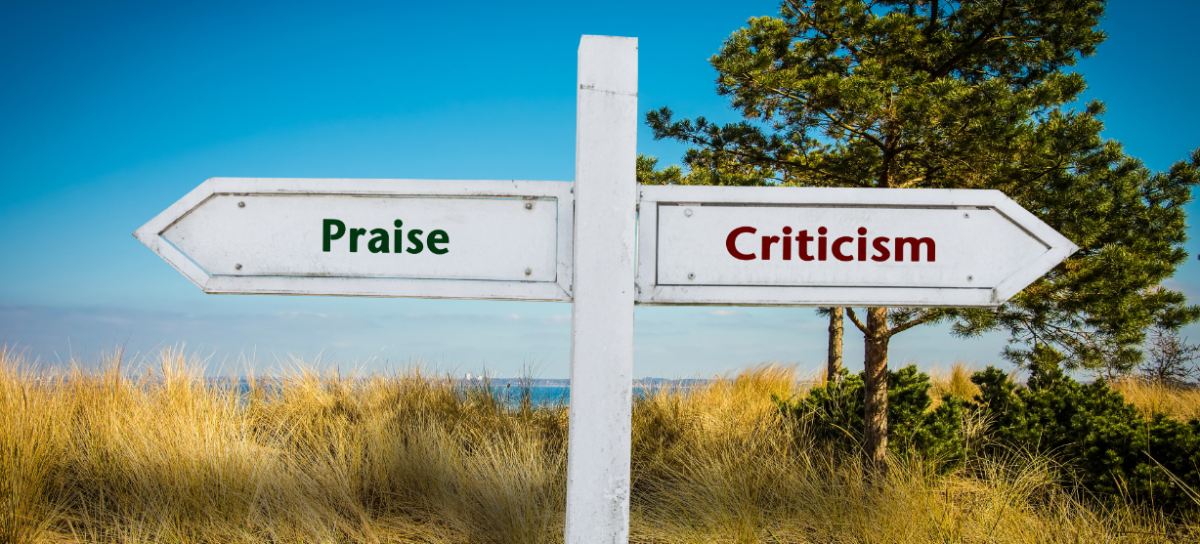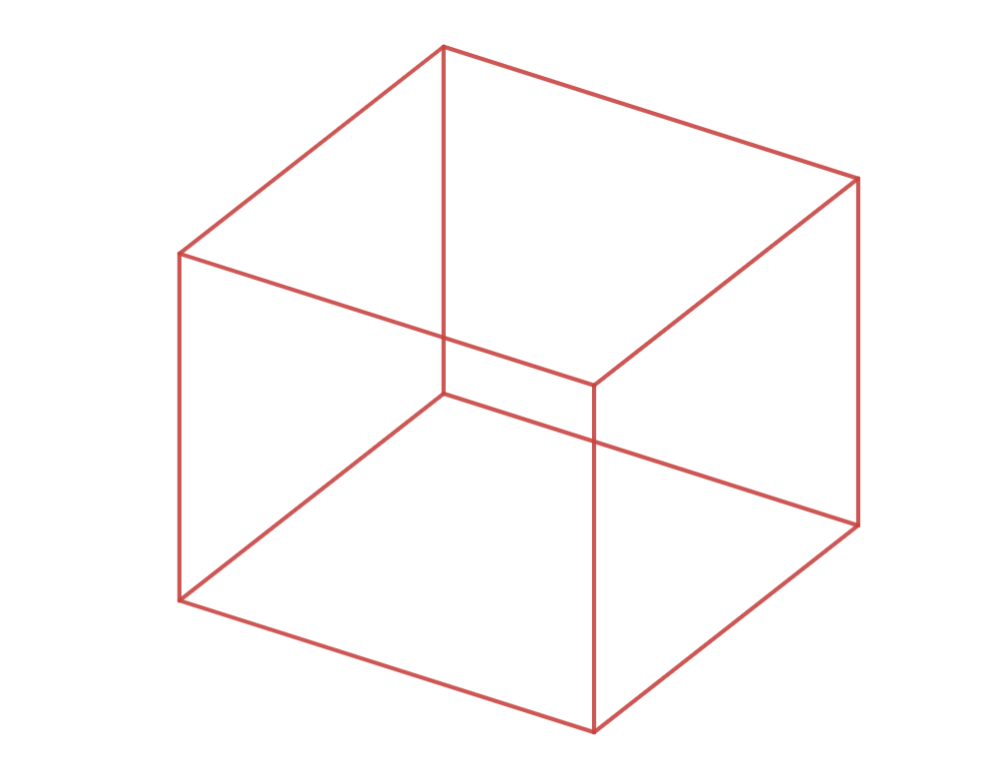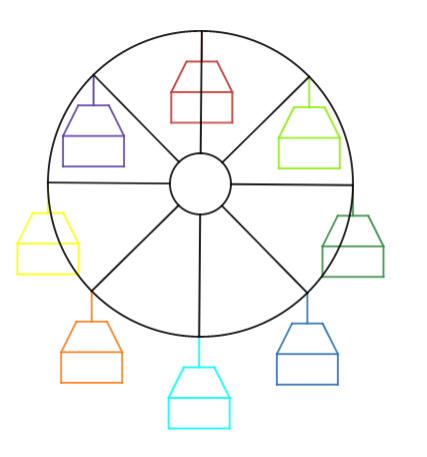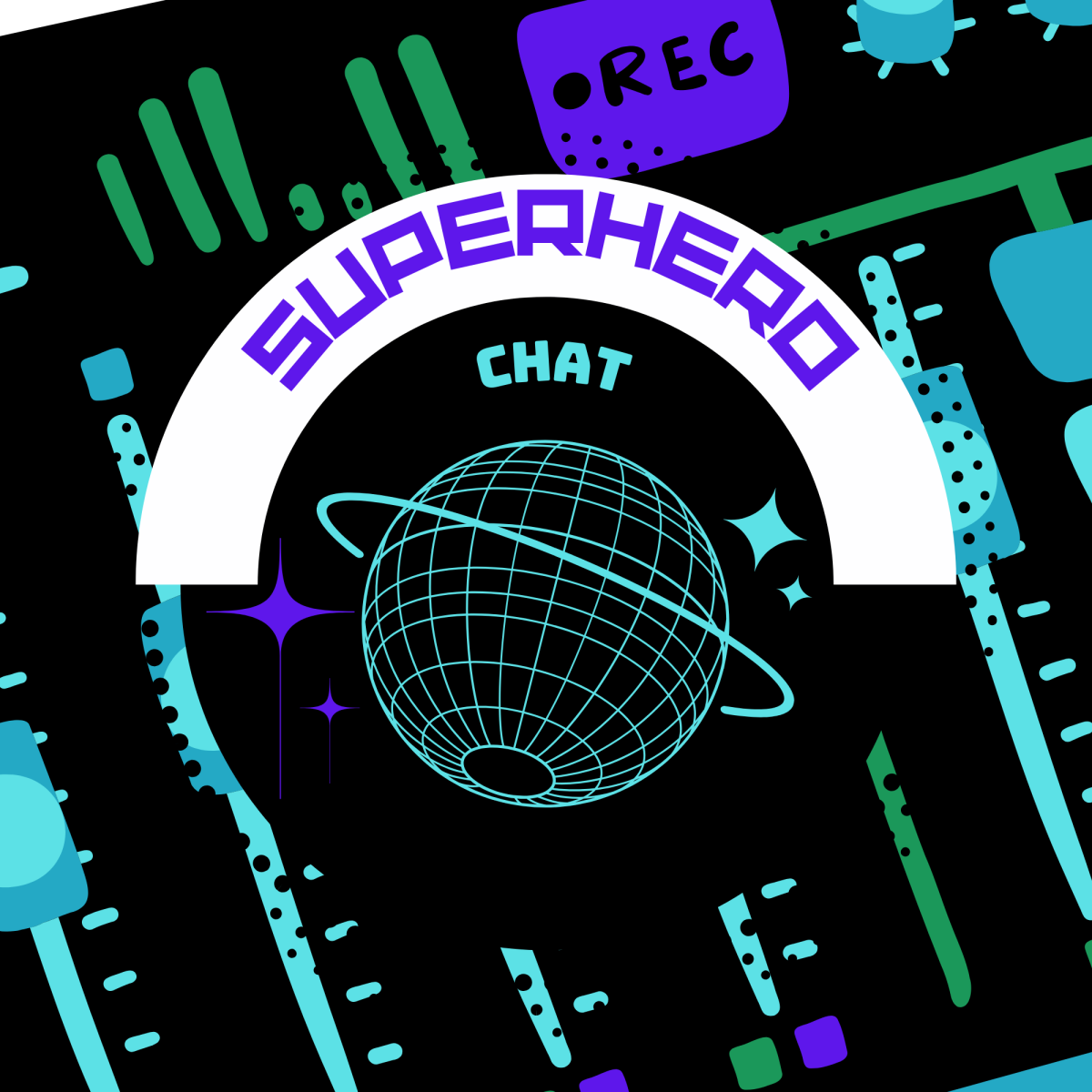With Halloween in less than a week, jack-o’lanterns have started to decorate porches. However, even with the most accommodating porch, many jack-o’lanterns age in less than 4 days.
Legacy junior Evan Weidner is a mycology enthusiast and has experience propagating fungi. He explains that mold requires adhesion, so porous surfaces promote more growth. This growth is seen through long and thick networks of hyphae, webs of protective chitin. Since jack o’lanterns expose its internal porous surface, hyphae grow faster. Moreover, bacterial organisms inside the pumpkins already exist due to their inherent nature. Severed pumpkins lack the nutrients to fight them, leading to quick hyphae growth. Almost like humans that lack immune systems, jack-o’lanterns will eventually meet their moldy end.
Preventing Mold
However, jack-o’lanterns can extend their lives by utilizing natural forces. To prevent bacteria on the surface, carving as late as possible limits the exposure of internal pumpkin pores. Weidner also recommends utilizing the current cold weather. Cold temperatures render the mold to a dormant state as it lacks the optimal environment for growth.
For extreme situations, simply cleaning jack-o’lanterns with soap or another solution will remove any spores. Bleach is known for industrial sterilization because of its effectiveness against spores. An active ingredient in bleach, hypochlorous acid, unravels proteins in mold cells through a process coined denaturation. These proteins are permanently dysfunctional and often lead to clumped masses. While isopropyl alcohol, hydrogen peroxide, and other alcohol-based solutions also denature bacteria, they lack strong ingredients such as hypochlorous acid. Therefore, they are used for gentler applications.
All isopropyl alcohol, for example, is effective against fungi but not practical against spores. 70% isopropyl alcohol is simply designed as a cheap and safe disinfectant for general use. Alternatively, 99% isopropyl alcohol is utilized for industrial disinfectant due to its low water concentration and quick evaporation.
The internet has also rumored WD-40 as a jack-o’lantern life elixir. Originally, WD-40 was a rust protector for missiles, but it quickly became known as a lubricant spray. As a result, the non-adhesive appeal prevents mold growth. The company additionally advertises its WD-40 Multi-Use as a bug repellent and freshener.
However, Weidner suggests that cleaning agents and WD-40 are unnecessary for removing mold.
Ultimately, the prevention of mold cannot be infinitely hindered, so enjoy the pumpkins while they last. Happy Halloween!






